Written Exposure Therapy (WET)
Written Exposure Therapy (WET) is an individual therapy for PTSD in which you will write about your trauma and the feelings you have about it. It lasts for 5 sessions.
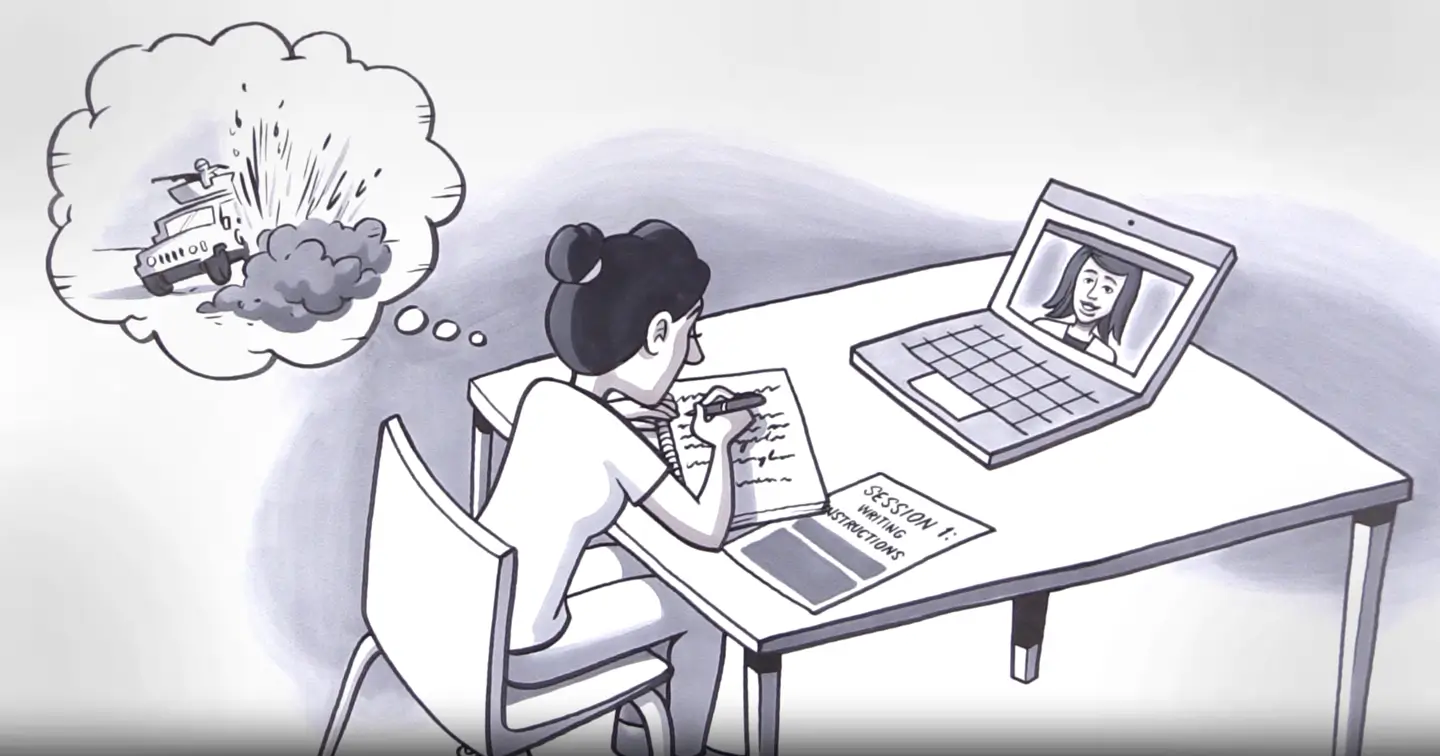
Written Exposure Therapy
2:22
How does it work?
People with PTSD often avoid thinking about the trauma because it feels too stressful to manage. Avoiding things that remind you of the trauma can help you feel better in the moment, but not in the long term.
WET works by having you write the details of the trauma. By learning that you can tolerate the negative feelings that come up, you will start to experience the memory with less distress over time. You also will find that physical responses like rapid heartbeat or sweating will decrease. And talking with your clinician about your writing sessions can help you develop new ways of thinking about the traumatic event and what it means to you.

Written Exposure Therapy (WET): How does it work?
What can I expect?
Your clinician will start by giving you an overview of PTSD symptoms and treatment.
In each session, your clinician will give you a specific writing direction and ask you to write about it for 30 minutes. After writing, you will talk briefly with your clinician about how the writing went. You will give your writing to your clinician so that they can read through it and make sure that your writing is on track to help you benefit from the treatment.
In between sessions, your clinician will simply ask you to try not to avoid any trauma memories that come up, but there will be no specific assignments between sessions.
Over time you will learn to manage thoughts and feelings about the event and to find new meanings that help reduce your PTSD symptoms.
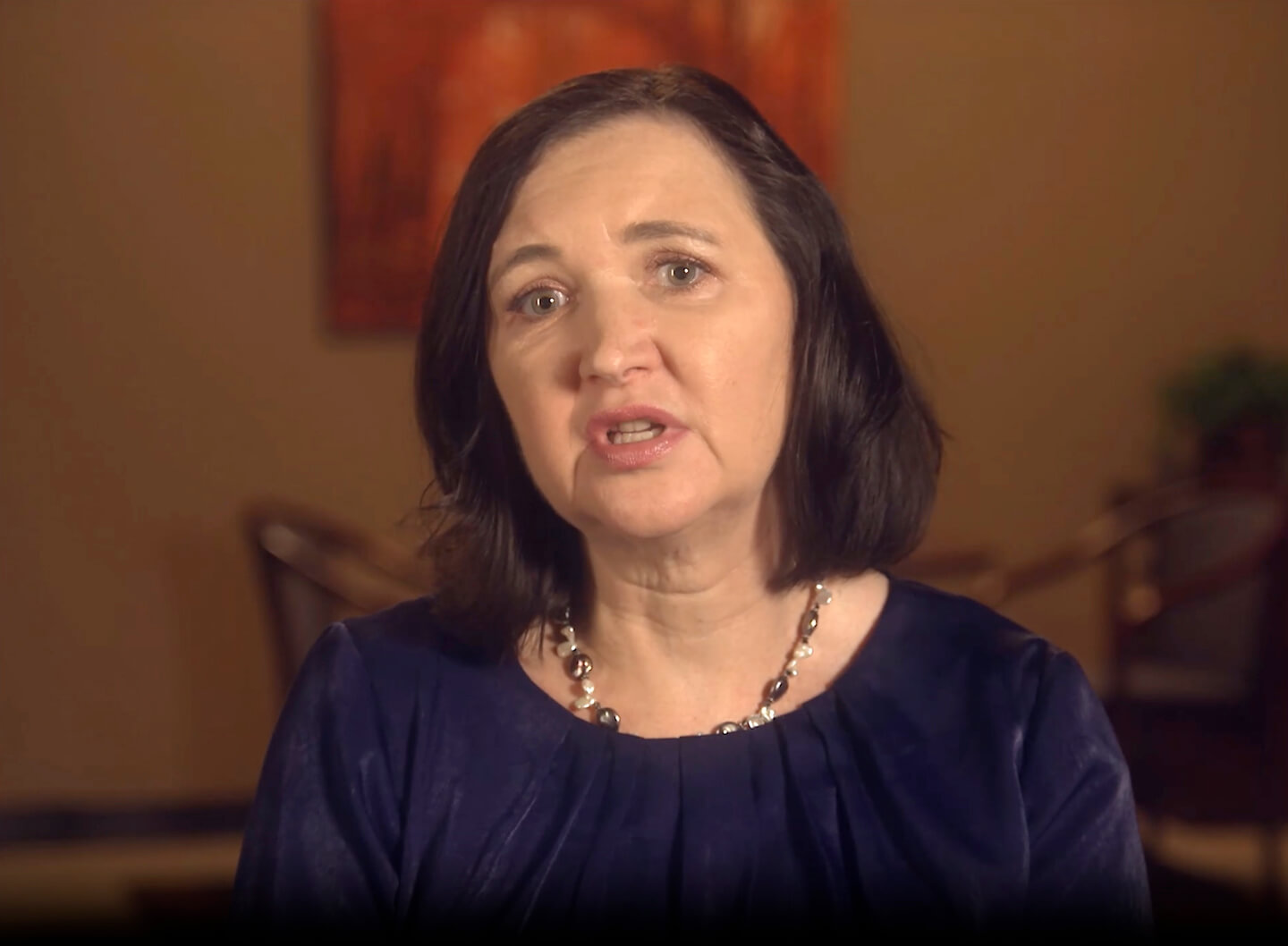
Written Exposure Therapy (WET): What can I expect?
Written Exposure Therapy (WET) Treatment Overview
Open this PDF for download and printing
Is it effective?
Yes, Written Exposure Therapy (WET) is an effective treatment for PTSD.
32 out of 100 people who receive Written Exposure Therapy (WET) will have meaningful symptom improvement after about three months. *
For every 100 people with PTSD who do not receive treatment, 8 will have meaningful symptom improvement after about three months. will have meaningful symptom improvement after about three months. **
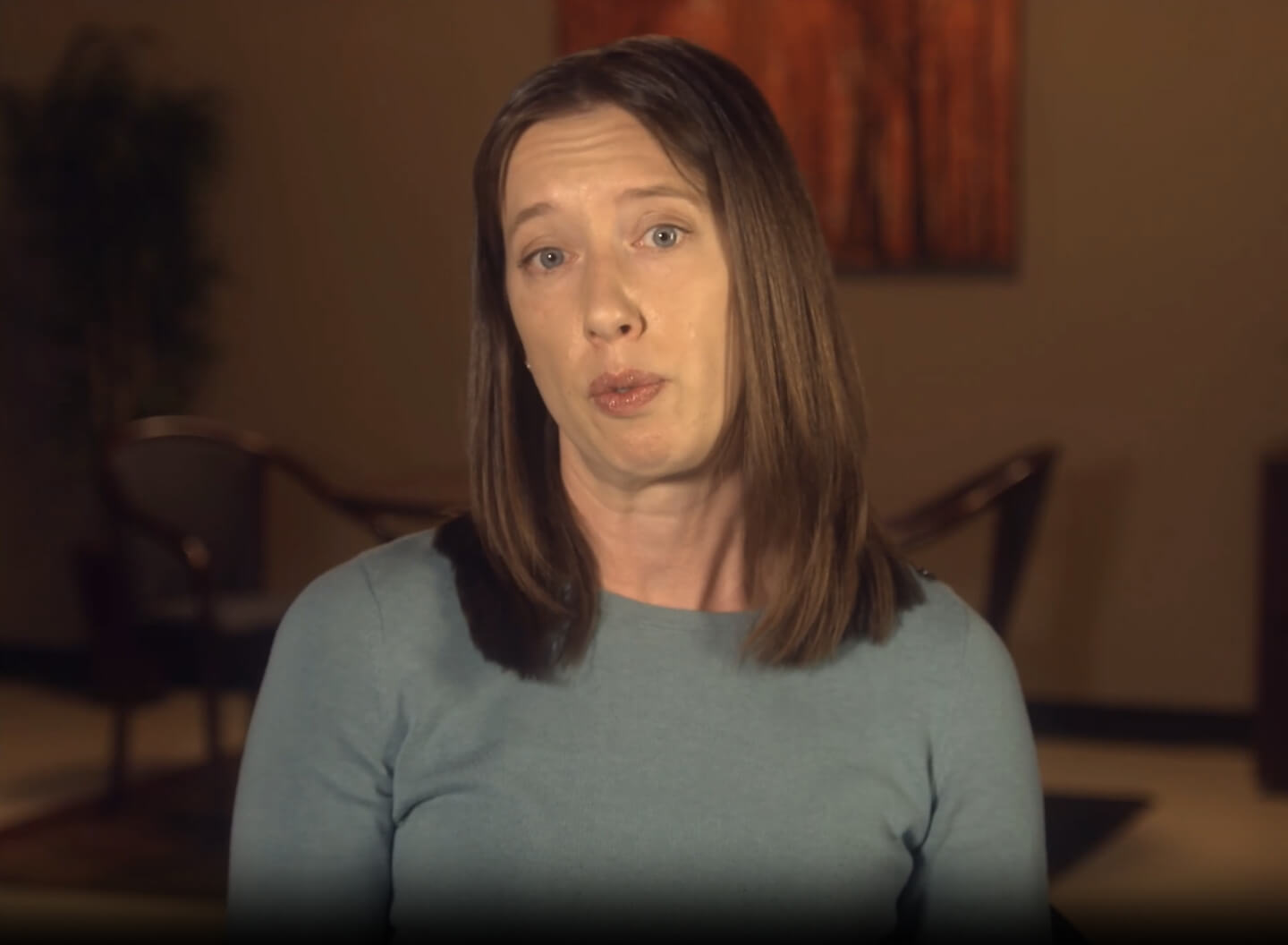
Written Exposure Therapy (WET): Is it effective?
How long does treatment last?
WET usually takes 5 weekly sessions, so treatment lasts about 1 month. Sessions are 1 hour each. And the benefits of WET often last long after your final session with your clinician.
What are the risks?
The risks of doing WET are mild to moderate discomfort when writing about trauma-related memories. These feelings are usually brief, and people tend to feel better as they keep doing WET. Most people who complete WET find that the benefits outweigh any initial discomfort.
Group or individual?
WET is an individual therapy. You will meet one-to-one with your clinician for each session.
Will I talk in detail about my trauma?
You will not need to talk about your trauma. You will write in detail about your trauma. Your clinician will read your writing between sessions.

Written Exposure Therapy (WET): Will I talk in detail about my trauma?
Will I have homework?
No, you will not have homework. You will be asked to allow yourself to think about any trauma memories that come up naturally.
How available is this in VA?
Moderate. Some VA Medical Centers offer WET in their specialized PTSD programs. Smaller VA facilities that do not offer WET may be able to use videoconferencing to have you receive WET from a clinician at another location.
Does VA have an app for that?
No, currently VA has not developed an app for WET.
More from clinicians

Written Exposure Therapy (WET): Listen to how a person was helped

Written Exposure Therapy (WET): Will writing about the trauma make me feel worse?
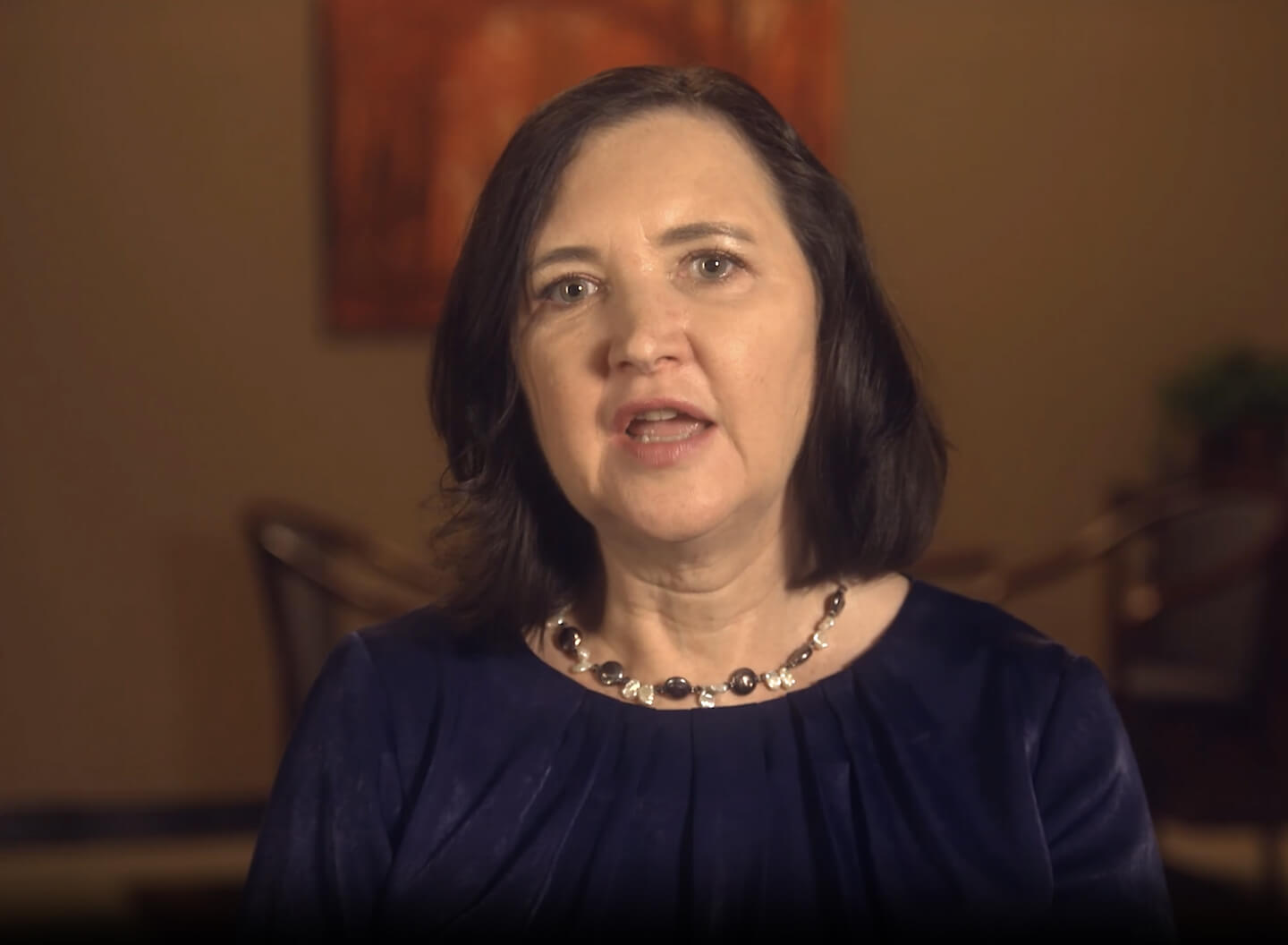
Written Exposure Therapy (WET): What if I'm not a good writer?
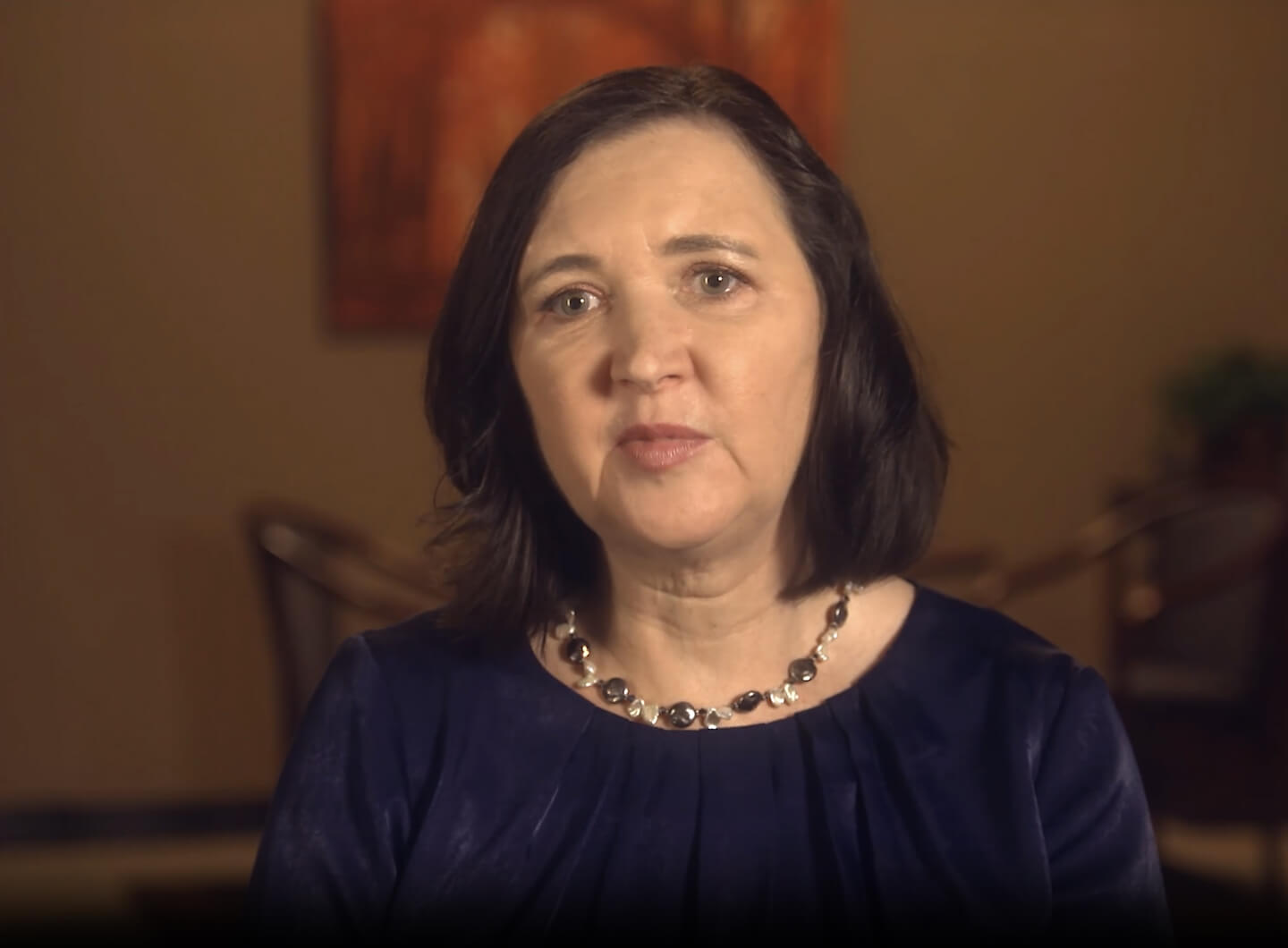
Written Exposure Therapy (WET): What if I have experienced multiple traumas?

Written Exposure Therapy (WET): What if I have a physical disability and can't write?
Footnotes and list of studies
* What do these figures mean?
The yellow figures represent the number of people who will have a meaningful improvement in symptoms. This was measured by seeing how many people no longer have enough symptoms to meet criteria for PTSD. They may still have some PTSD symptoms, but in most cases these symptoms will be manageable and will not occur very often. When someone no longer meets criteria for PTSD, they usually will notice a big difference in their ability to engage in and enjoy life.
The blue figures represent the number of people who will not recover from PTSD, meaning that they will still have enough symptoms to meet criteria for PTSD. Some of these people will notice an improvement in their symptoms, but they will still have PTSD.
** How did we calculate this number?
To see how helpful treatments are, the PTSD Treatment Decision Aid shows how many people improved after getting a treatment. If people improve enough that their symptoms no longer meet criteria for a diagnosis of PTSD, this is called “loss of diagnosis.” To estimate how many people would have a loss of diagnosis after each treatment, we gathered data from studies of the treatments included in the PTSD Treatment Decision Aid. We only included studies that were large, compared the treatment to another treatment, and used clinicians to assess whether patients had PTSD. We included only those studies that reported how many people lost a diagnosis.
Some of the studies included comparison groups who did not receive treatment. We used data from those groups to estimate how many people lost their diagnosis without treatment.


